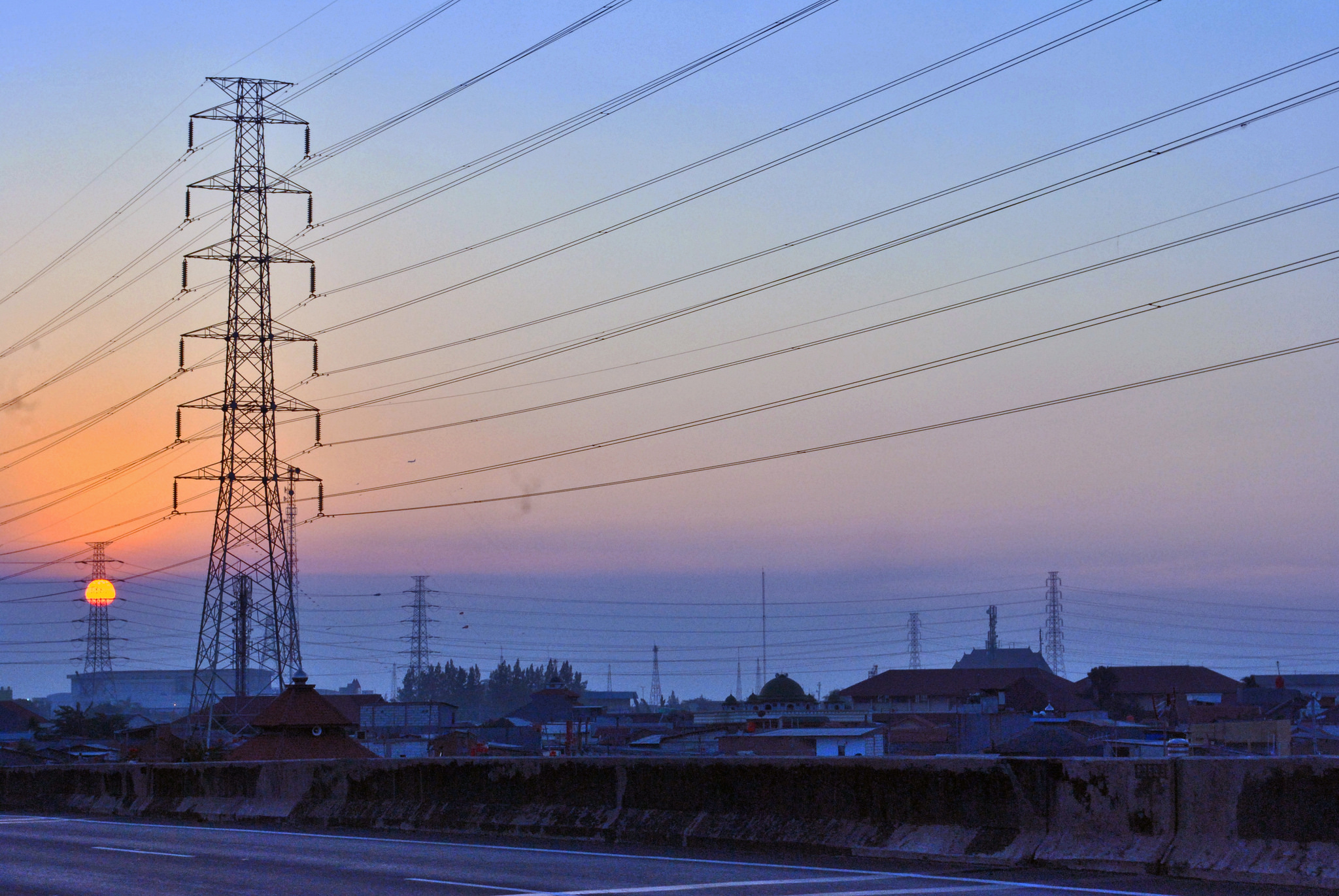Suppliers expect an increase in demand for power plant lubricants in eastern Indonesia thanks to the governments call for an additional 35 gigawatts of power capacity there by 2019.
Indonesia, which currently has installed capacity of 51 GW for its population of 250 million, expects electricity demand to grow by a compound annual rate of 8.7 percent through 2019. To meet demand, state-owned Perusahaan Listrik Negara (PLN) will build power plants to produce 10 GW and independent power producers will supply the remaining 25 GW. Twenty GW will come from coal-burning plants, and the remaining will be produced by natural gas and renewable sources, according to coal mining group PT Adaro Energy Tbk.
PT Shell Indonesia has begun preparing to capitalize on the opportunity. With the government of Indonesias plan to construct more power projects in eastern Indonesia, we are definitely looking into this new market opportunity and are eager to be part of the regions growth, Director Dian Andyasuri told Lube Report Asia.
Shell must overcome logistical hurdles first, however. Indonesia is a large country, and distributing lubricants from our [120,000 metric tons per year] lube oil blending plant in Marunda to cities in eastern Indonesia may take some time, said Dian. However, the government is now boosting the infrastructure development in that region, and this will greatly support our aspiration to grow our market there.
As the demand in eastern Indonesia increases, we will be ready to meet the needs by increasing the capacity usage of our plant to ramp up supply, she added. Before the Marunda plant, Shell imported its products from regional supply chain hubs in Singapore and Thailand. With the ongoing infrastructure projects proposed by the government in Indonesia, if we see a greater increase in demand, our connectivity across the region will ensure we can mobilize supply as needed.
Shell noted it has original equipment manufacturer approvals from major power plant companies including General Electric, Wartsila, Mitsubishi Heavy Industries, Siemens and Man, and from transformer suppliers such as Siemens, Alstom, ABB and CG Power Systems.
Pertamina may also be hoping to gain market share in the region. Last October, the state-owned energy group set up a lube distribution terminal in the eastern Indonesia region of Kalimantan on the island of Borneo. The company said the terminal in Batakan will improve efficiency and reduce costs for lubricant handling and bulk packaging compared to supplying from its Gresik plant on the island of Java. The distance between Java and Kalimantan islands is about 1,000 kilometers.
Pertamina Lubricants has no issues in distribution of supply, as we have national warehouses [including] one terminal supply point and 27 lubricants depot supply points all across Indonesia, said Corporate Secretary Arya Dwi Paramita. The company said it supplies lubricants to 22 diesel power plants nationwide, with clients including PLN and a number of independent power producers such as Sewatama.
Indonesias budget for infrastructure projects in coming years is expected to reach nearly 2 quadrillion rupiah (about U.S. $158 billion) for the construction ofpower plants, 3,600 km of roads, 24 seaports and more, according to the Institute of Southeast Asian Studies in Singapore.
Eastern Indonesia includes Kalimantan, Sulawesi, West Nusa Tenggara, East Nusa Tenggara, Ambon and West Papua.
Photo: BxHxTxCx /Flickr
